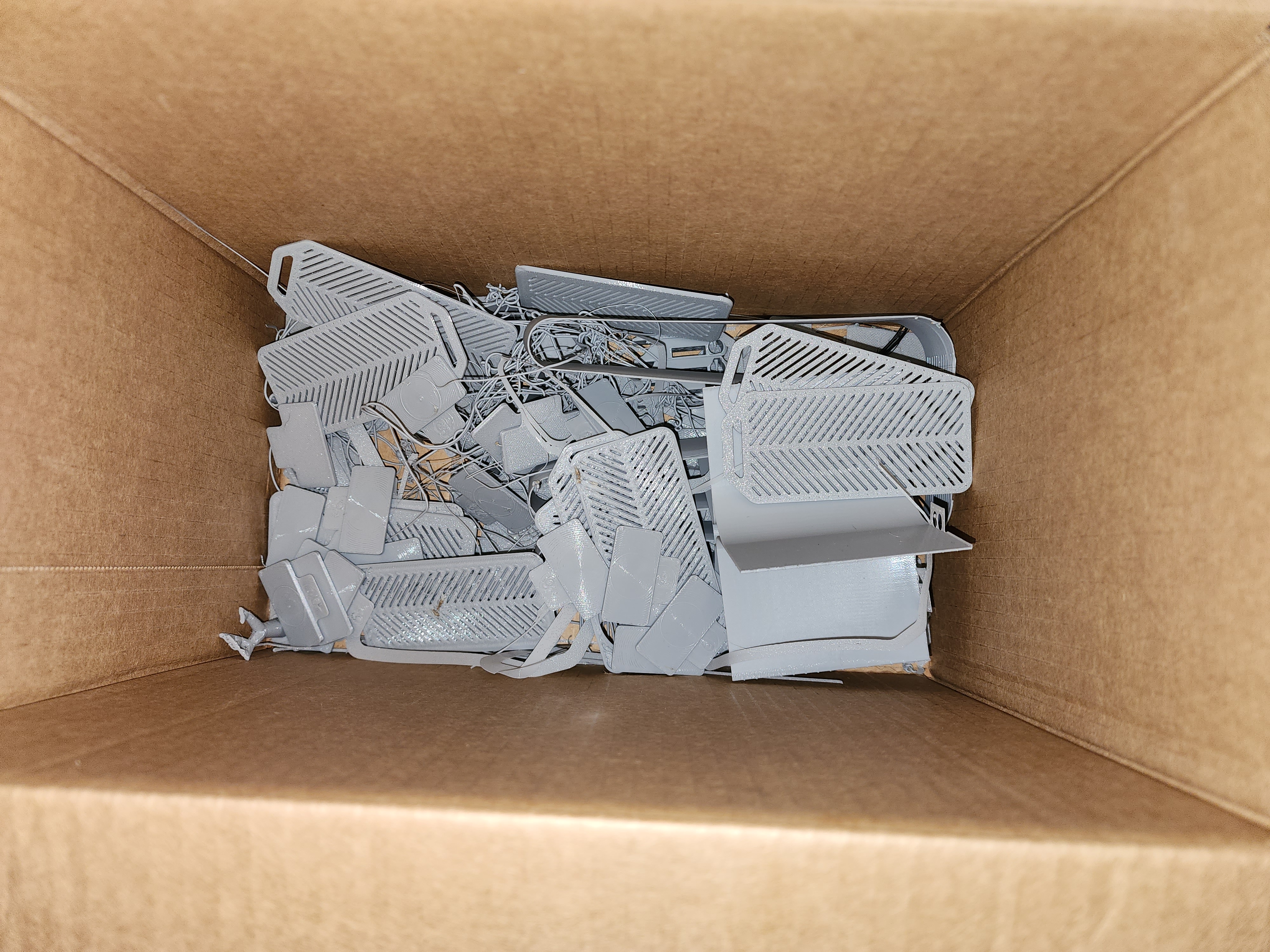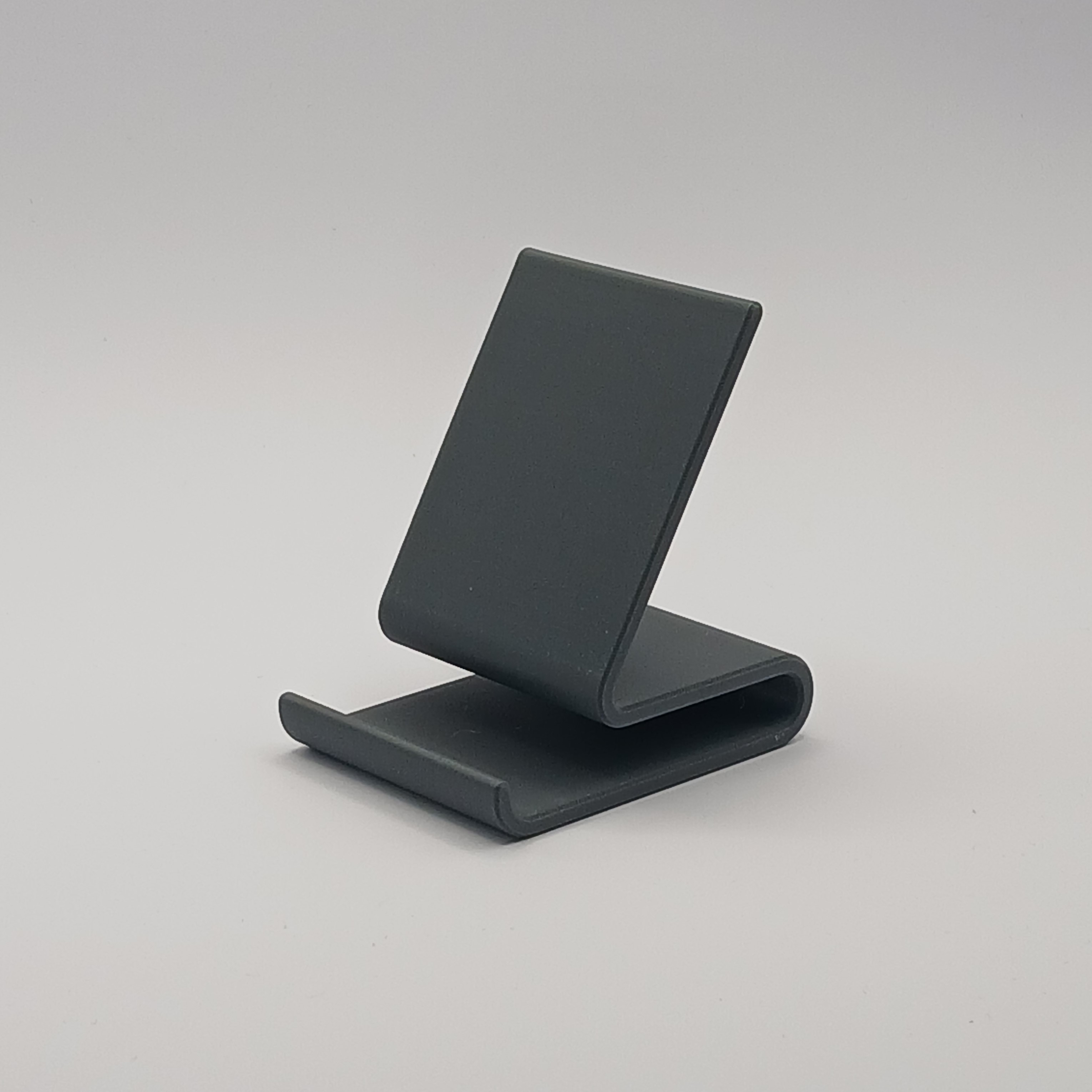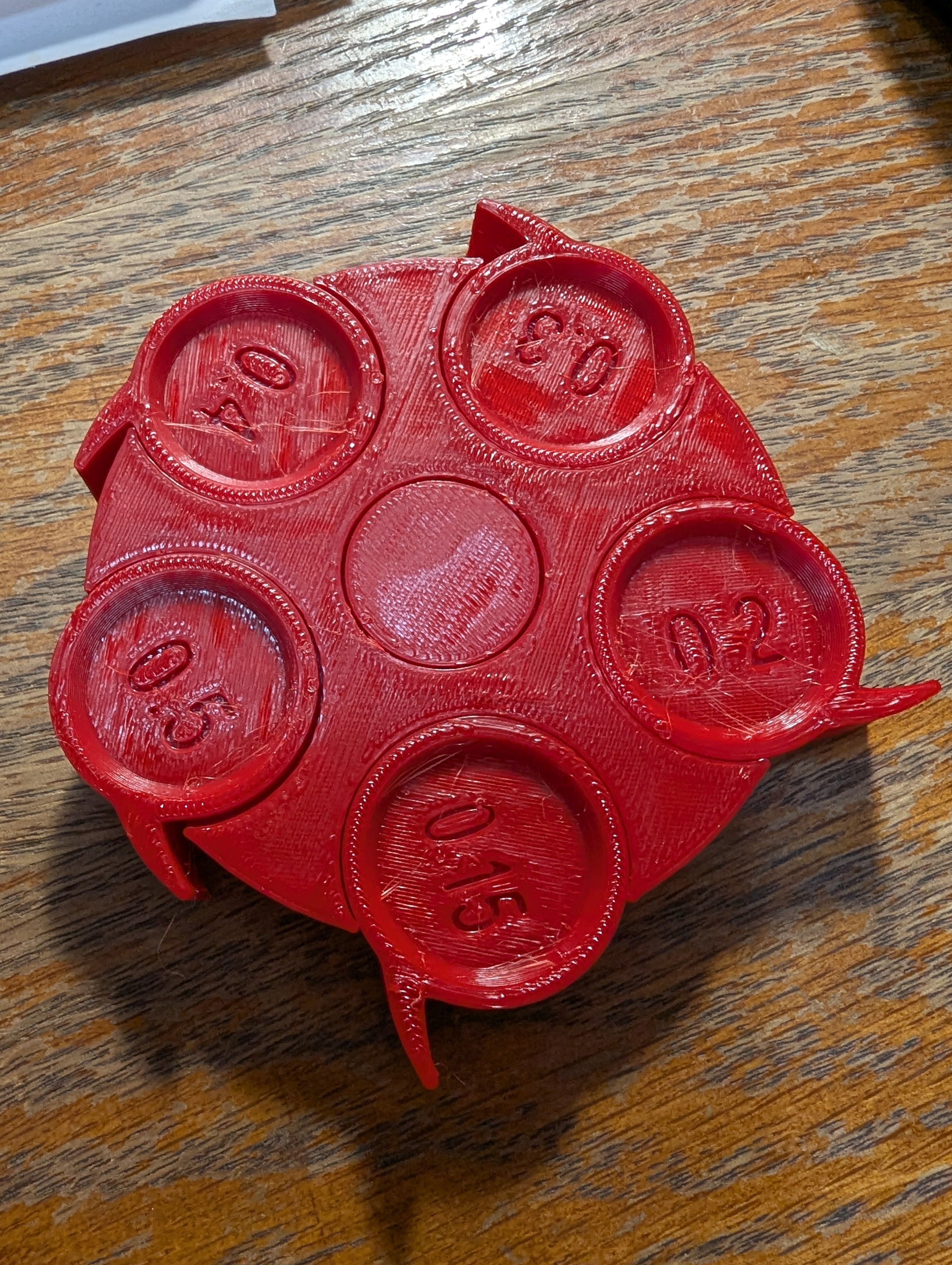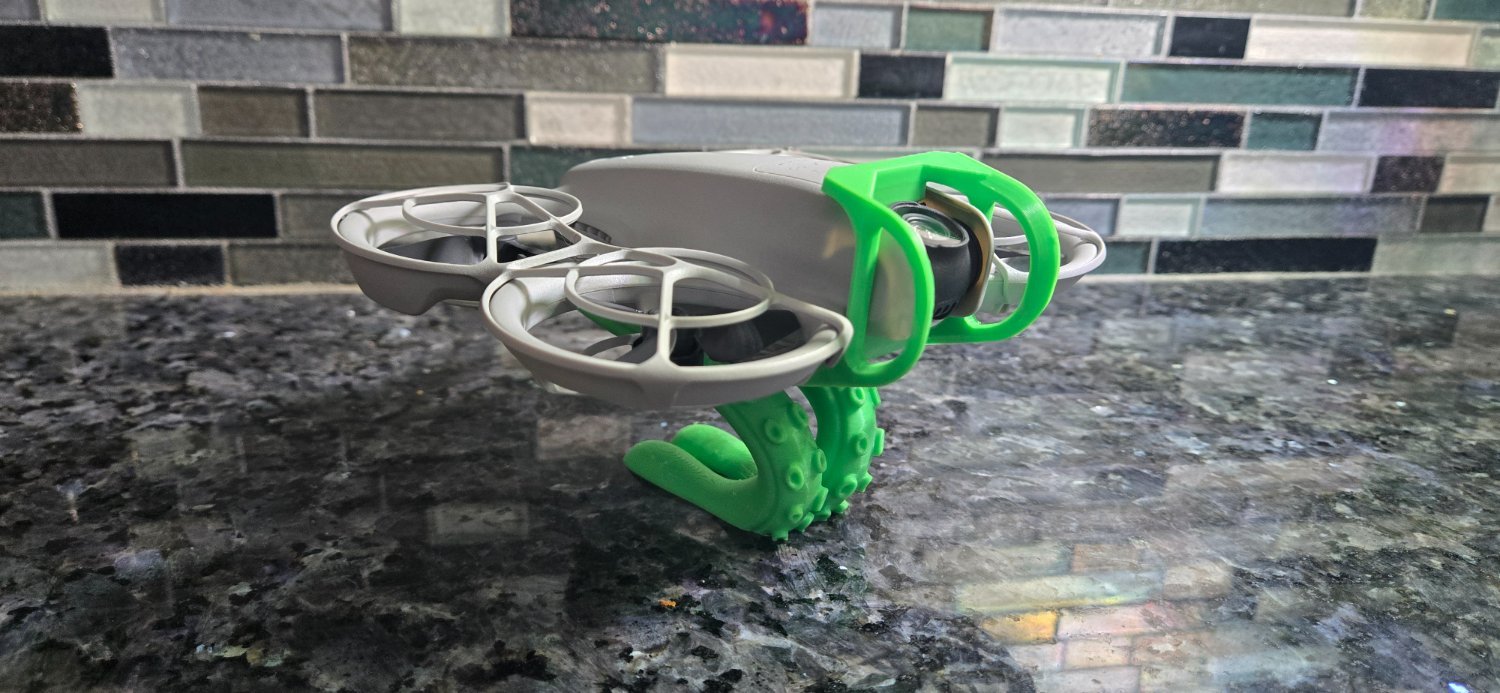I've spent the last few days trying to get PETG to print on the P1S.
PLA and PLA Pro printed great with no change to settings and just using the default 0.4 nozzle 0.16mm optimized presets in Orca. Examples: https://imgur.com/a/lx7KzRA
PETG, on the other hand, has been a pain in the ass. The preset for PolyLite PETG failed on my first print miserably, so I aborted after the first few layers. I then attempted a flow rate test as it was under extruding, that test was a failure, and continued to fail until I increased the flow rate from 0.95 to 1.197. At this point, I adjusted it per pass 1 and 2 but was still having issues. I printed a temp tower and decided on a 255C first layer with 250C additional layers.
Still no dice, so I looked for suggestions on YouTube. Found a guy swearing by increasing the temp to 279C on the P1S. I tried that, went through all filament calibration tests from flow rate, pressure advance, retraction, max flowrate, and VFA. Tests were looking good, so I tried the original failed print once again, and it turned out pretty good other than the underside of the arch. I used Tree (Auto), but that evidently wasn't good enough. The print is functional, and as everything looked good and my next parts didn't have overhangs, I decided to give them a go. These were complete fails and underextruding all around. I imagine the increased temp along with the pauses for movement on this print may have contributed to burning the filament. Examples: https://imgur.com/a/2nOJ7hb
In short, im at my wits end with PETG on this printer, and it's apparently a common issue. I dried for 6 hours at 65C, then kept the filament in a Sunlu S2 at 55C while printing. 0.4mm hardened steel nozzle, 0.16mm Optimal Preset with walls set to "3" and printing order set to "inner/outer/inner", using the stock Textured PEI build plate, PolyLite Grey PETG, P1S on firmware V01.08.00.00, and Orca on v2.3.1.
If anyone can share their PETG settings, im all ears, thanks.










